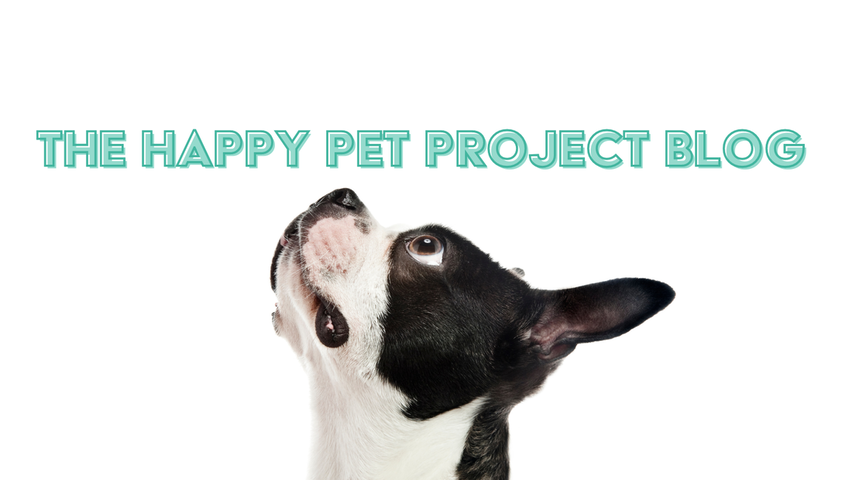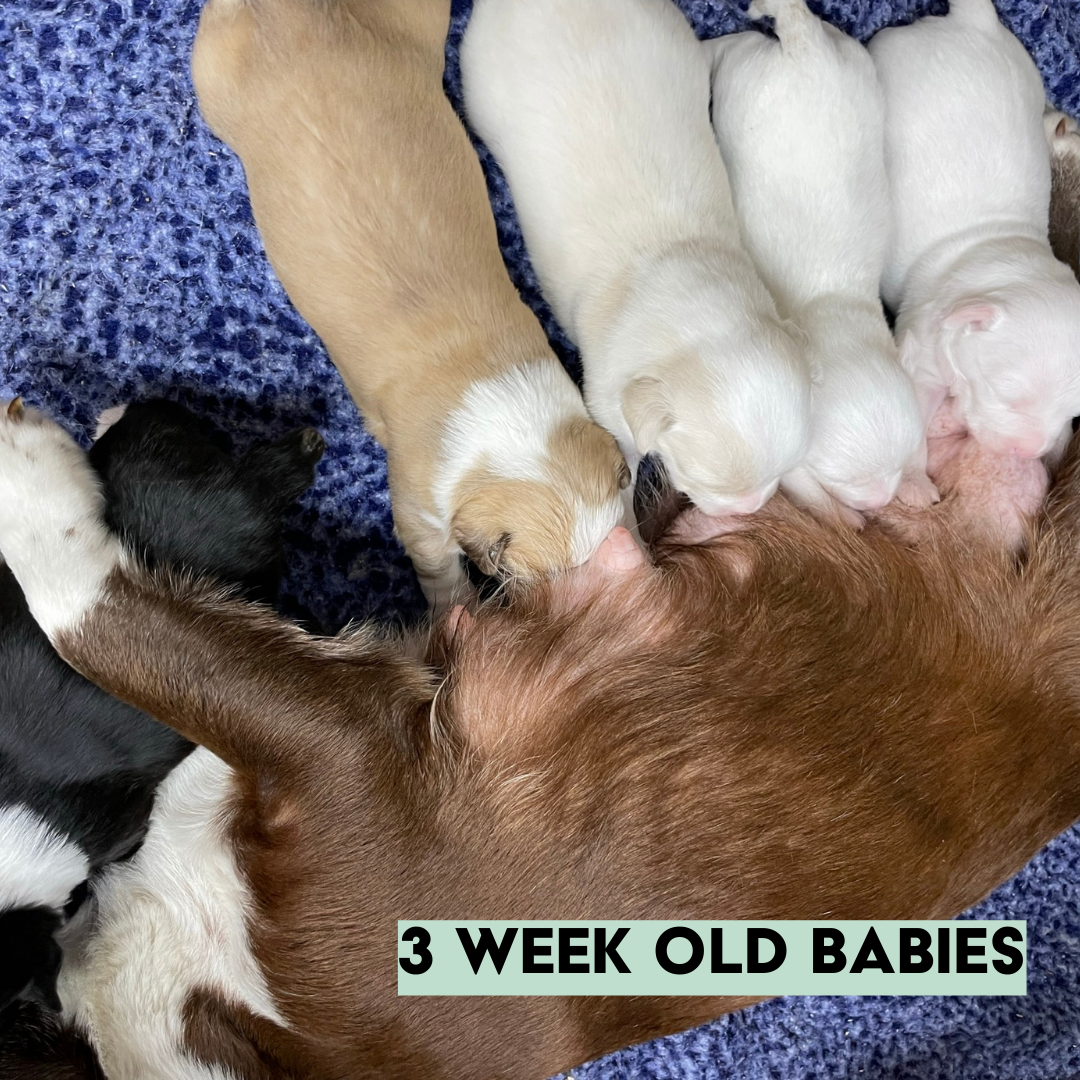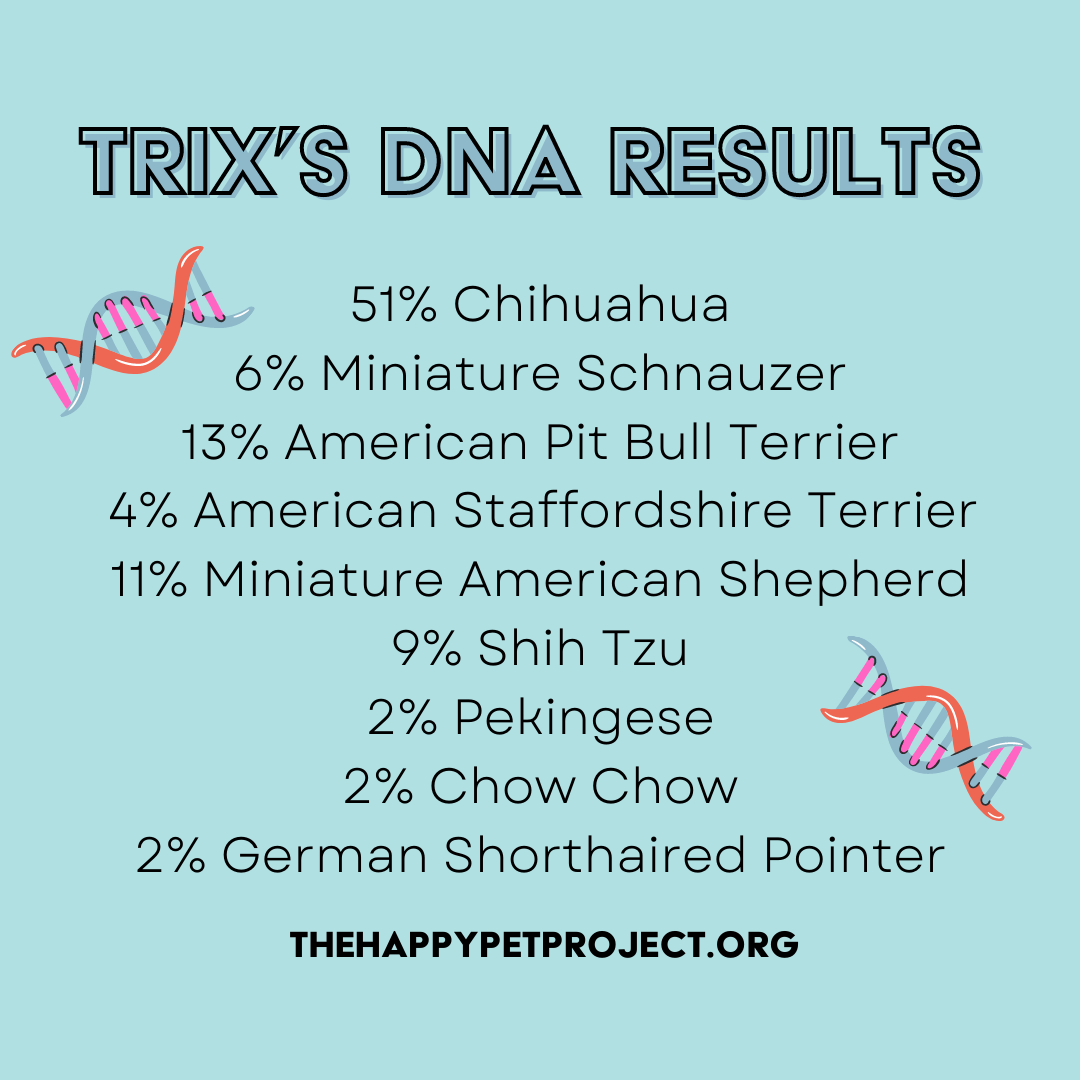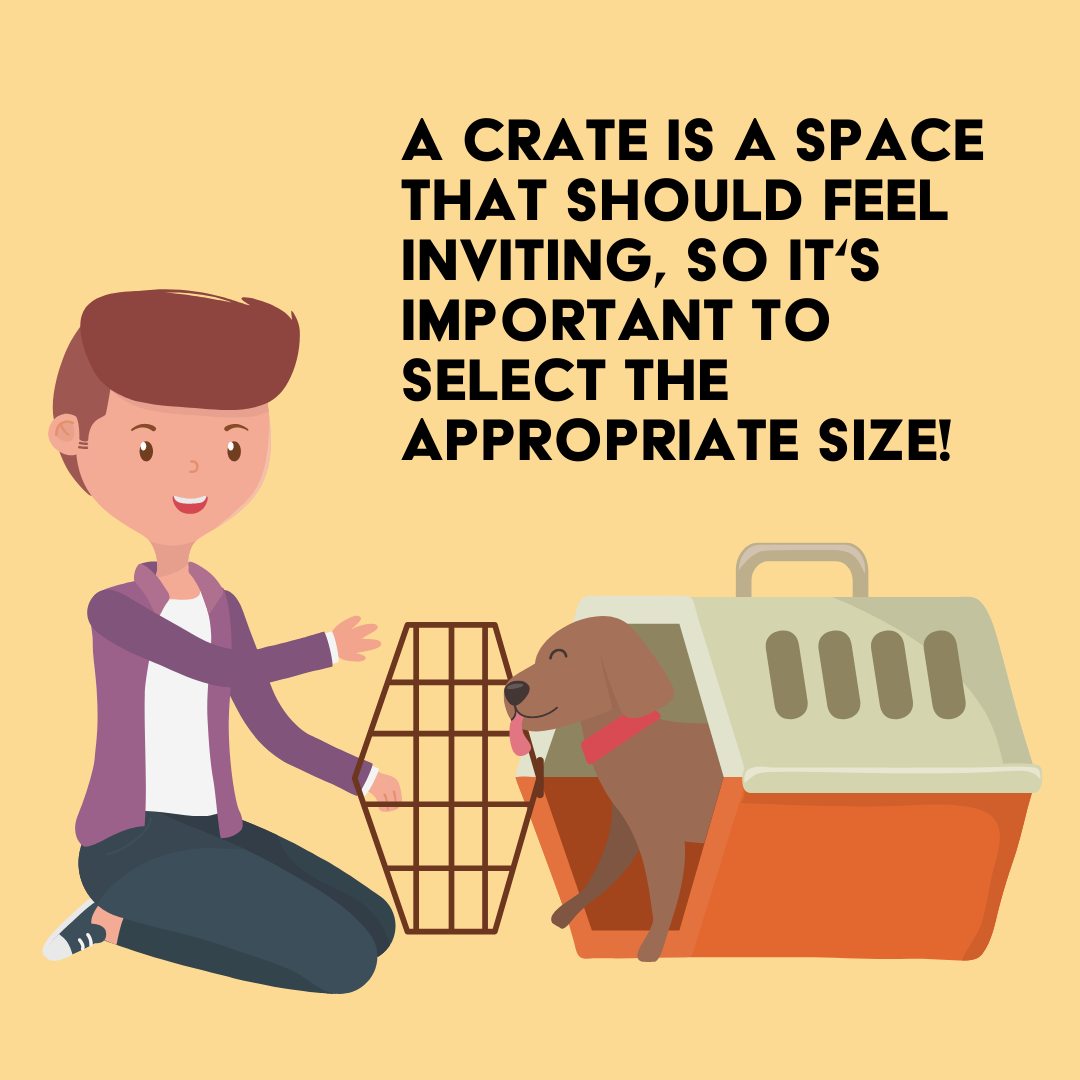|
Meet Trix, adopted from The Happy Pet Project in the Summer of 2022: Trix was rescued in early June of 2022. He and his siblings were just hours old, umbilical cords still attached, when Garland Animal Control officers found him and his family alone on the side of the road. The Happy Pet Project was thrilled to partner with the awesome team at Garland Animal Services to get them out of the shelter and into a foster home! Trix's mama, Cereal, worked hard to keep her babies alive. With help from the volunteer team at The Happy Pet Project, Trix and his siblings got healthier and happier every day. As of today, every member of this fluffy family is living life in a forever home! Before they were adopted though, we sent Trix's saliva off in the mail to find out what mix of dog breeds makes Trix so CUTE. If you are interested in doing the same for your pup, check out our affiliate link for Embark here to receive a discount AND support the pets in our rescue: http://shrsl.com/1ymnj-1f7g-itut. Now, if you're going to take a guess at which breeds were detected in Trix's DNA, make your picks now before you keep scrolling! Ready to see which breed types make Trix so unique? DRUM ROLL, PLEASE... What a great mix of breeds! Now, if one of Trix's family members is your pet, does this mean they share all of the same breeds? NOT necessarily... Did you know? Litters of puppies can be fathered by several different dogs! Female canines produce multiple eggs instead of just one, AND they remain in heat for approximately 10 days. (VCAhospitals.com) We also know that Canine parents share 50% of their own DNA with their offspring (VCAhospitals.com) so you can look take a look at Mama Cereal below and guess which of the above breeds came from Trix's dad! Have you had your dog's DNA tested? What did you learn?
Do you know Cereal or one of her babies? Do you think all of the siblings share the same father? Let us know your thoughts in the comments below! : )
0 Comments
Dog owners may wonder, "Is crate training really necessary? Is it worth my time and energy? Will my pup be sad?" Here's our stance: CRATE TRAINING SAVES LIVES & REDUCES THE HOMELESS PET POPULATION! According to Best Friends Animal Society, 4.6 million dogs & cats entered US shelters in 2021. Pet behaviors and finances were 2 of the top reasons owners surrendered their pets (BestFriends.org). When shelters reach capacity, staff has to make the difficult decision to euthanize animals in their care. There simply isn't space or resources for the number of homeless animals in our communities. So here's the bottom line: Keeping animals in their homes results in fewer deaths by euthanasia and crates are key to helping animals succeed in their families' homes. 6 REASONS TO CRATE TRAIN YOUR DOG 1. Crates keep injured or recovering pets from harm. Major surgeries, minor procedures, or pulled muscles all require rest for a healthy recovery. Teaching your pet that a crate is their safe space will help them feel comfortable resting inside one when it is absolutely imperative to their health. Owners who don't utilize a crate may see repeat injuries, torn sutures, and other painful, costly health complications. 2. Crates prevent destructive behaviors like chewing. It is normal for pets to become unsure or anxious in their human's absence. Without a crate, many pets turn to chewing or scratching at baseboards, windowsills, and more. These home repairs are expensive, and even worse, they can result in bowel obstructions. If a pet swallows foreign objects that obstruct their bowels, the result is often an expensive surgery or even death. The average cost of surgery to save a dog from death following an obstruction can range from $800 to more than $7,000, according to Care Credit. Purchase a crate instead and enjoy peace of mind when you're away from home. 3. Crates prevent dog bites. It is natural for many dogs to guard or protect their food or treats. Prevent conflicts between dogs and protect curious children from harm by feeding meals and high-value treats inside of crates! (Note that some dogs also get possessive over dog toys. If you notice your pet guarding their toy, growling, or displaying stiff body language, you may advocate for them by donating the toys and finding other ways to play.) 4. Crates often prevent excessive barking. Many dogs bark or whine when first growing accustomed to their crate, but with time and practice, most will grow to love the cozy confines of their crate. (Try white noise or classical music too!) Tucked away from a noisy gathering of strangers, or from a window with a view of a busy street, a dog is much less likely to stress out and bark. This is especially important for apartment-dwelling dog owners! 5. Crates help potty train! Dogs learning to potty outside rely on the confines of a crate to learn their schedule and understand what their humans expect of them. Most dogs avoid urinating or defecating in their crate (make sure it's cozy - crates that are too big encourage going potty on the other end of the space.) A young pup's schedule may look like this: eat in the crate, go out to potty, enjoy some play time, and then return to the crate for rest. 6. Dogs sleep. A lot. Dogs often sleep 12+ per day, and many spend just a few hours being active, per the American Kennel Club. Seniors, young pups, and large breed dogs of all ages typically sleep even MORE often than average. So, don't let a nagging sense of guilt stop you from utilizing a crate. Snoozing in a crate inside of a warm, loving home, is a wonderful alternative to the cold, loud shelter, or the unpredictable environment of the street. What are your thoughts on crate training?
Have questions about how to begin? Drop us a comment below! Would you like another blog post dedicated to crate training pointers? Let us know :D |
Archives
July 2023
Categories |
Texas Good Deeds Project
© Texas Good Deeds Project. EIN 87-2226038. All rights reserved.
Thank you for supporting our 100% volunteer run organization, where every dollar goes toward savings lives!
Privacy Policy
Thank you for supporting our 100% volunteer run organization, where every dollar goes toward savings lives!
Privacy Policy









 RSS Feed
RSS Feed
